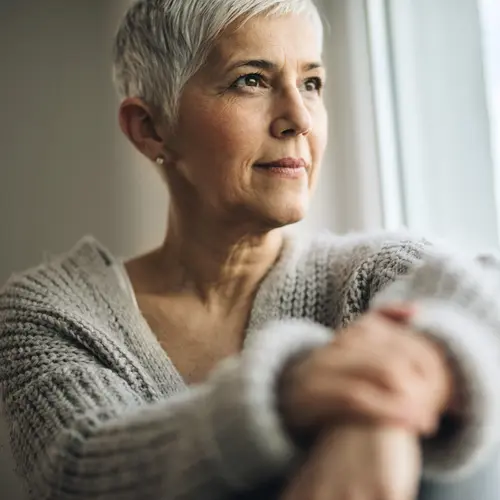I didn’t grow up tanning. I have fair skin and red hair, and I didn’t like lying out in the sun or even going to the beach. And when I was exposed to the sun, I didn’t get tan. I just got a little pink and freckled.
In fact, I got my first tan when I went to Florida in 2001. I was 17 years old, and I was really excited about how I looked. When I returned home, I started going to a tanning salon to keep up the color. Over the next two and a half years I returned once a week. I wasn’t super dark; I was just tan for my complexion. I thought it was OK because a nurse friend told my family that a tanning bed doesn’t cause skin cancer the way sunlight does. I learned she was wrong when I developed skin cancer.
Tanning beds can cause melanoma
I had a mole on my stomach that I showed my doctor. She was nonchalant about it -- it was dark and itchy, but it didn’t have the irregular borders of melanoma. She said I could get it removed for cosmetic reasons, and I did. But after it was removed, I was told I had stage 2 melanoma. Suddenly we were talking about cancer, survival rates, lymph nodes. I was completely shocked and very scared.
The doctors did further surgery to take out any other cancerous cells. They also removed eight of my lymph nodes, which, luckily, showed no signs of cancer. The 7-inch incision took a really long time to heal. But I went back to classes at Roger Williams University (in Bristol, R.I.) three days after the surgery.
Recovering from skin cancer
I was very depressed. I blamed myself for getting skin cancer. I didn’t think my college friends understood how serious my illness was, and I resented that they kept lying in the sun and going to tanning salons -- even knowing what had happened to me.
I’ve been cancer-free for four years now. I graduated from college and work as an advertising and promotions manager for Six Flags New England -- a job I love. I know I’m at a higher risk for melanoma than someone who’s never had it, but I go to the dermatologist every six months to get checked, and I see my oncologist once a year.
Educating others about the dangers of indoor tanning
Most important, I go to local high schools, women’s seminars, and fundraising events as a speaker for various charities, including the American Academy of Dermatology, the Shade Foundation, and the American Cancer Society. I urge young people to avoid tanning beds and prolonged sun exposure. I tell them to be proactive about their skin care by getting checked by a dermatologist annually and checking their own skin monthly. My self-pity is gone. And now I have a mission.

